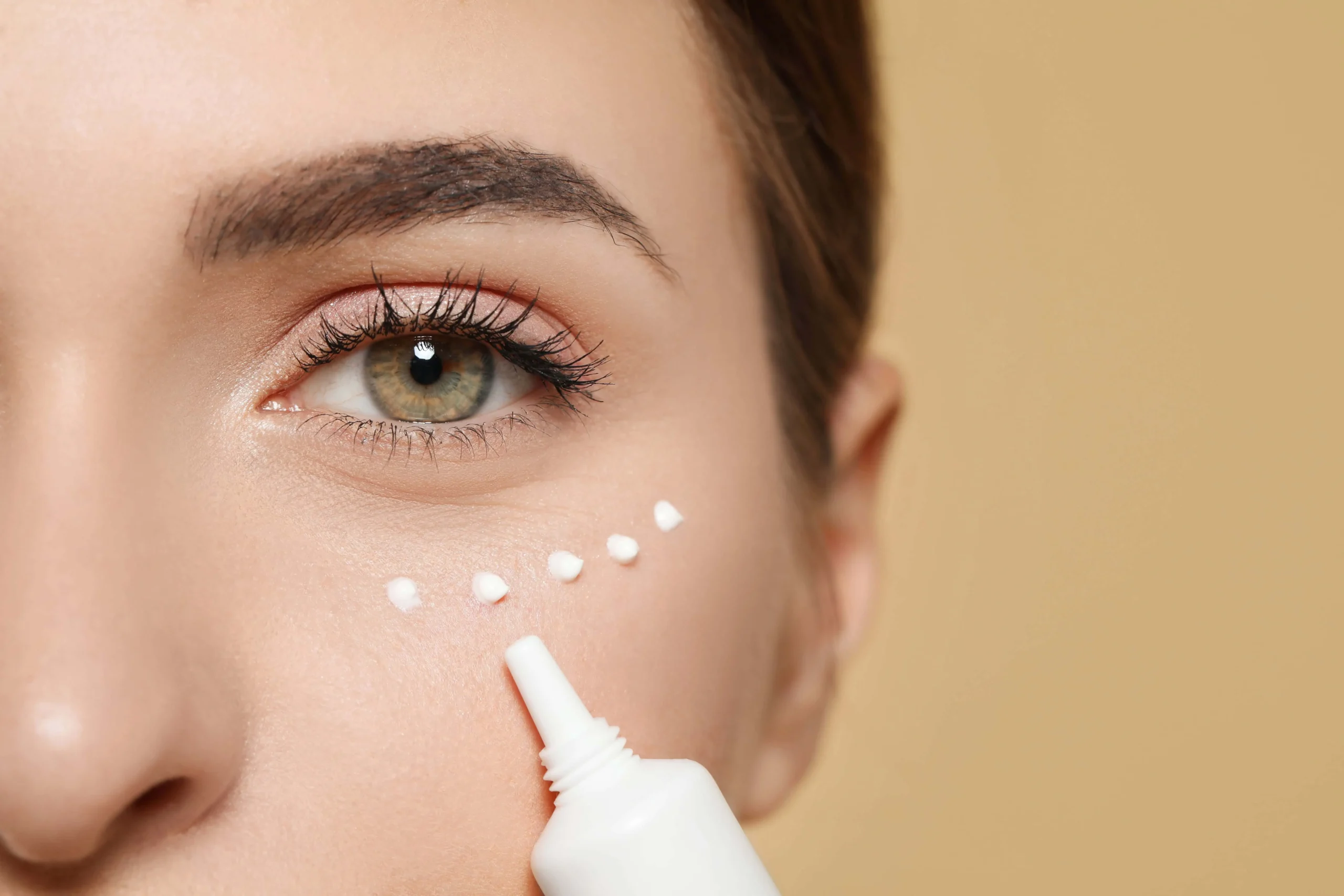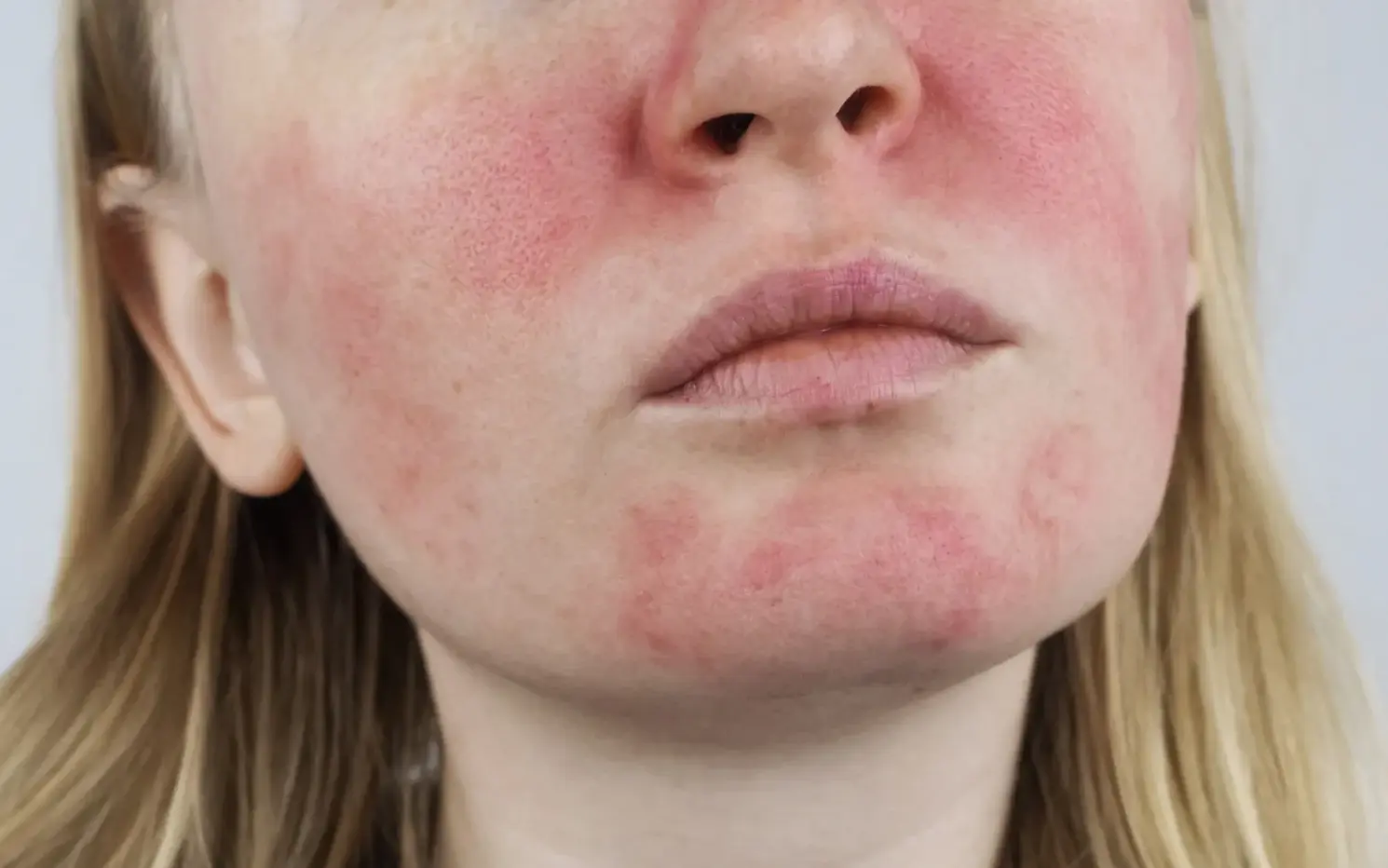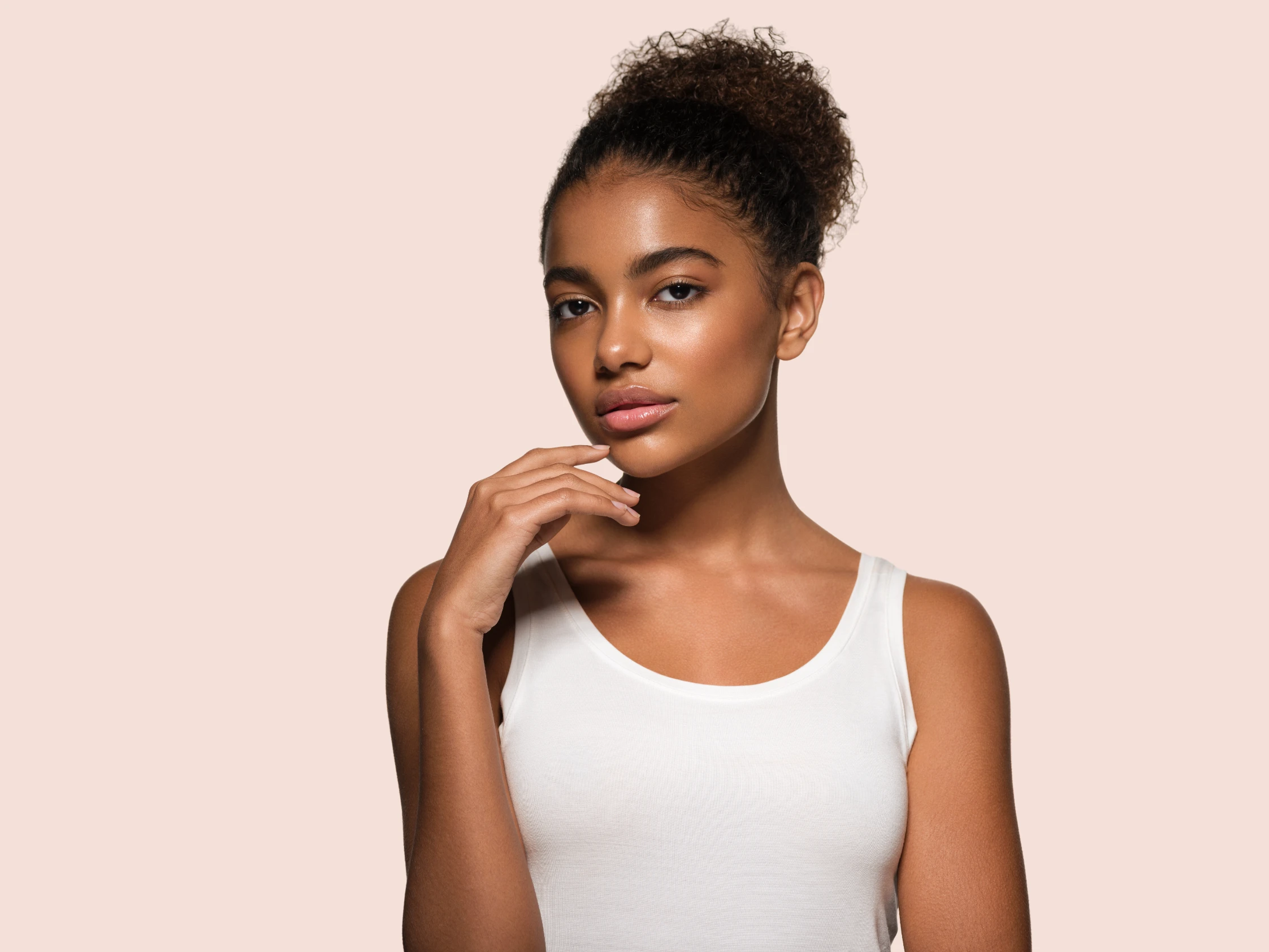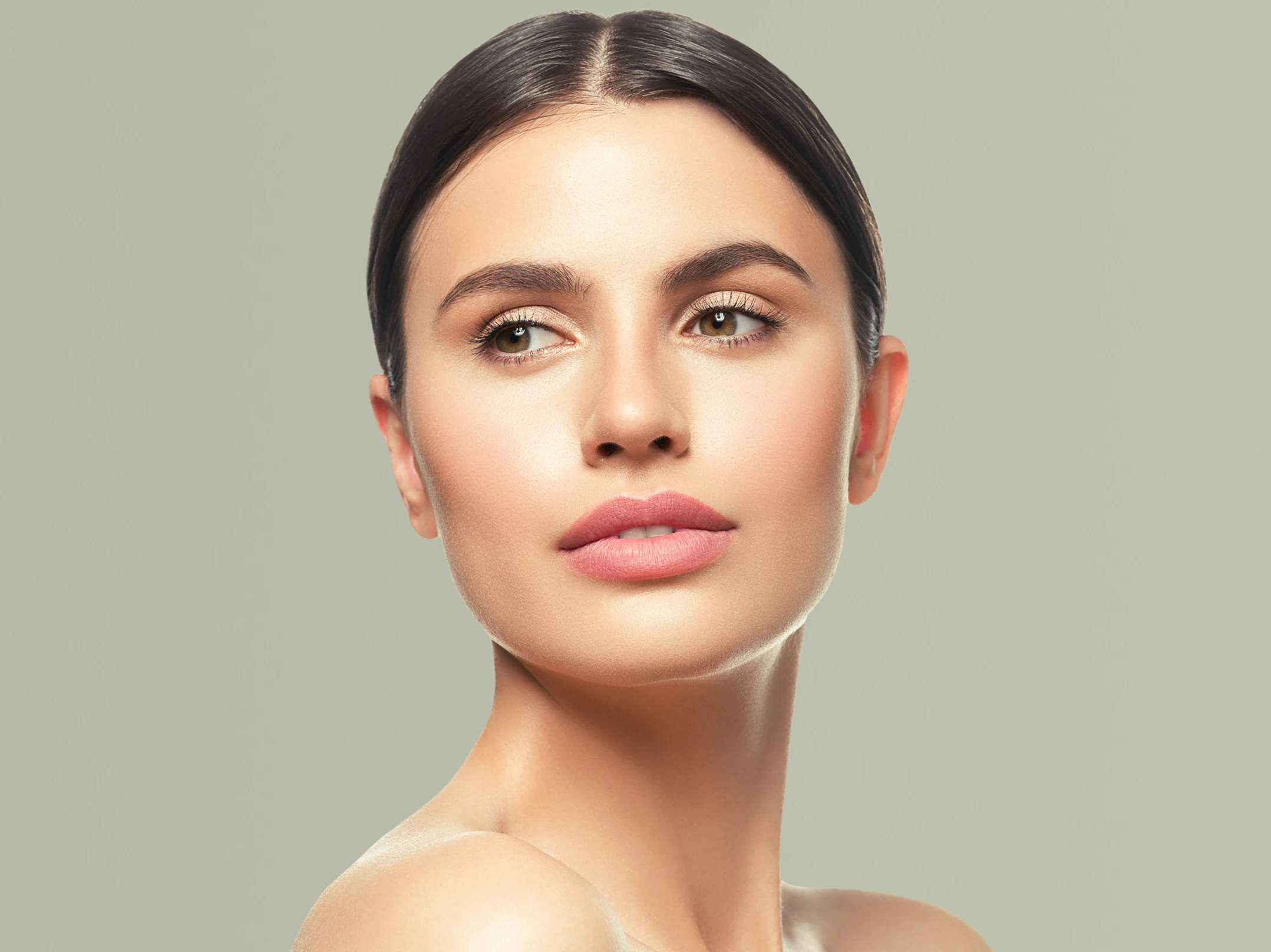What exactly is Glycolic Acid (GA) and what does it do for your skin?
Glycolic acid is derived from sugar cane and is one of the mostly heavily studied alpha-hydroxy acids (AHA). It is the smallest, water soluble AHA that allows it to penetrate deeply into the pores to be extremely effective. There are different percentages of glycolic acid (7, 10, 12, 20, 30+). The higher percentages of glycolic acid are typically in chemical peels, whereas the ones we use at home are on the lower side, such as 7%, 10%, 12%. GA has many benefits including resurfacing (when in chemical peels), brightening, evening and smoothing of pigmentation, pore shrinkage, exfoliating, and decreases acne breakouts.
Is GA considered a chemical exfoliant? Why is this better than a physical option?
Yes, GA works by degrading the substance that holds together our skin cells. By doing that, it exfoliates the skin, which in turns leads to anti-aging properties, such as diminishing fine lines and wrinkles. GA also works to diminish hyperpigmentation and also breaks down the sebum and oil that clogs our pores, which subsequently helps control acneic skin. Chemical and physical exfoliating agents can be used together to optimize results; however, over-usage can lead to irritation and dryness.
Why am I a fan of GA?
Yes! GA’s have the ability to superficially exfoliate the skin, but can also work deeper to strengthen the deeper layers of the skin, including supporting collagen production. GA is great to peel off the superficial dead skin cells, which inherently leads to a brighter and more even skin tone and texture. I personally appreciate that it’s effective as a wash and as pads, so you can incorporate it into your routine in different ways. GA chemical peels are another amazing way to tone, brighten, exfoliate, and give a globally brighter look to your complexion. They have been shown to help with hyperpigmentation from melasma and to soften acne scars.
How should you incorporate GA into your skincare routine? Is there a particular age you should start using this ingredient?
You can incorporate GA into your routine as both chemical peels and at-home GA products, such as face washes and skincare pads. The heavier concentrations can cause some irritation, so I recommend beginning with every third night. You can use it morning or night, but I recommend sticking to one or the other, not both, to avoid excessive irritation and dryness.
There is no “golden” age to start, and everyone has different skincare needs. However, at younger ages, incorporating a glycolic cream or lotion into your skincare regimen can be beneficial in the winter months. Glycolic acid can be used to soften that “fish scale” appearance of the lower legs and accelerate exfoliation of those “stuck on skin cells,” while also softening and moisturizing.
AHA body moisturizers are also great for those suffering from keratosis pilaris. This can help soften those bumps.
Are there any ingredients that GA pairs well with and are there others that you should avoid?
When you are using exfoliating agents in your skincare regimen, your skin is much more sensitive to the ultraviolet radiation from the sun. Therefore, it is important to always use a broad spectrum, at least a 30+ SPF, every day on your face. Additionally, because of the deeper strengthening properties of GA, when paired with tretinoin, can boost the collagen properties of our skin. It has been shown that concomitant use of AHA peels and tretinoin can increase the efficacy of the anti-aging effect seen with tretinoin as compared to tretinoin use alone. For patients with hyperpigmentation and conditions such as melasma, pairing a GA with a hydroquinone have been shown to be more effective. Products to avoid would be additional exfoliating and drying agents, such as physical exfoliants and benzoyl peroxide.
How long should you anticipate using a product with GA before you can anticipate results?
The longer you use a GA, the better your results will be. Consistent and prolonged use can significantly improve the appearance of fine lines and wrinkles, as well as promote the production of collagen and hyaluronic acid. Over weeks to months, you will notice lightening of solar lentigines (“sun spots”) as seen primarily on the face, forearms, chest, and back of the hands.
When should you apply GA? Morning or night? I recommend Tretinoin at night and a GA in the morning. While GA is in many face washes, it is not quite as effective in a wash because is water soluble. On the flip side, a leave on product can leave you more sensitive to ultraviolet rays. It can also makes you more sensitive to sunscreens and any other acid-based products you are using. Therefore, it’s best to try for yourself and see what work best in your routine.
Is there anyone who is not a great candidate for GA use?
GA does have a tendency to be drying to the skin, so if you are someone that has severely dry skin or is prone to dry skin, start off with using a GA every third night or every other night. It can help to apply a hydrating serum or lotion after using a GA. Also, if you are using multiple exfoliating agents at the same time, skin irritation is more likely to happen. Those with extremely sensitive skin or rosacea should avoid products with glycolic acid, as the skin is prone to irritation. Post-inflammatory hyperpigmentation can happen in darker or mare olive-skinned individuals. Therefore, use of GAs should be done with caution.
Other fun facts
The amount of AHA in a product is actually extremely variable and you should be aware of this. This is called the “bioavailability” of a substance, and the percentage that is specified on a bottle is not always representative of the amount of active ingredient. This depends heavily on the pH of the product, which determines the stability of the GA and thus the amount of active product.





